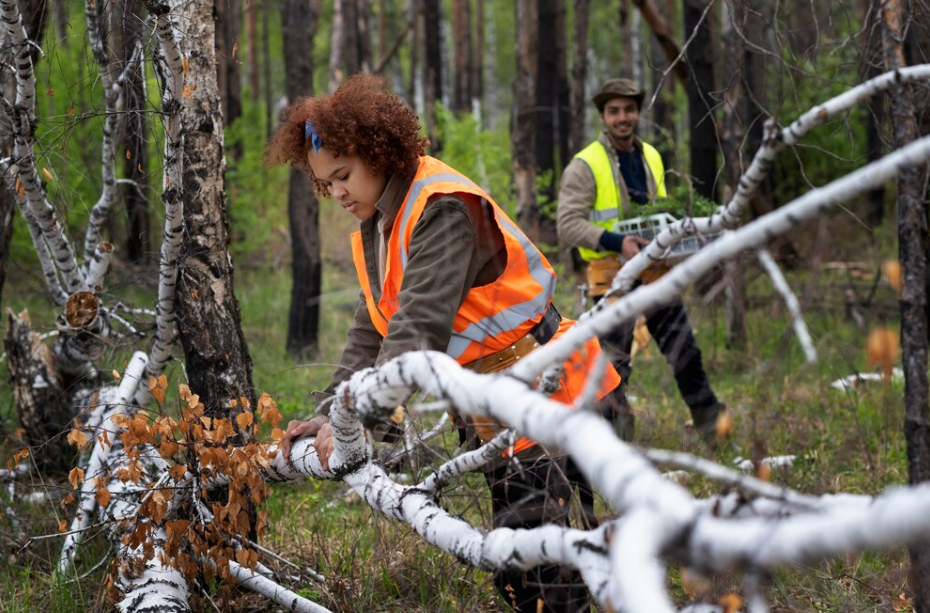
Why Arborist Classes Matter for Aspiring Tree Specialists
Trees are more than just scenery. They are living systems that need care, protection, and understanding. For anyone serious about becoming a tree specialist, education is key. That’s where arborist classes come in. These courses do more than teach—they shape careers.
Whether you’re dreaming of pruning high branches or diagnosing sick trees, proper training is your first step. In this field, hands-on knowledge and technical skill go hand in hand. And all of that begins in the classroom.
Arborist classes open the path to skilled tree work
Every professional journey starts with a foundation. For arborists, that foundation is built in structured courses.
The arborist classes are specialized programs designed to train individuals in tree care, maintenance, safety, and science. These are not general biology courses or landscaping overviews. They focus strictly on trees—how they live, grow, and interact with the world.
In these sessions, you’re not just learning names of species. You’re learning how trees breathe, fight disease, and respond to environmental pressure. This knowledge is vital when you’re in the field making real decisions that affect living things.
See also: Ariel Kytsya Age: Life and Milestones of a Rising Star
Training builds confidence for real-world challenges
Classroom learning offers more than information. It gives you the confidence to act under pressure.
Imagine standing at the base of a 60-foot tree with a chainsaw in hand. If you’ve never practiced under safe conditions, that moment can be terrifying. Arborist classes let you simulate those moments safely. You learn how to climb, how to cut, and how to assess risk.
With practice, these actions become second nature. The nerves fade. The skills stay. You move from hesitant beginner to calm, capable tree specialist.
Knowledge of tools and safety starts in arborist classes
The tools used by arborists are powerful and often dangerous. One mistake can lead to injury—or worse.
That’s why safety training is one of the first lessons in any arborist course. You learn how to wear protective gear. You discover how to inspect your equipment before use. You’re taught the correct way to operate saws, ropes, and climbing gear.
Without this knowledge, even a small job can become hazardous. Arborist training helps you work smarter and safer.
Certifications begin with strong arborist class foundations
To become a certified arborist, you need more than field experience. You need proof of education.
Most certification boards, like the ISA (International Society of Arboriculture), require formal training hours. Arborist classes provide those hours. They are the stepping stones to your credential.
More importantly, they prepare you for the exams and evaluations that come with certification. The quizzes, written tests, and field assessments all stem from the material covered in class.
On-the-job success connects back to formal training
Employers don’t want guesswork. They want professionals who know the standards.
When you’ve taken arborist classes, you bring that standard with you. You show up already knowing the correct pruning techniques. You understand the legal limits around tree removal. You can assess storm damage without hesitation.
Conclusion
Becoming a successful tree specialist isn’t about luck. It’s about learning, practicing, and building the right skills from the beginning. Arborist classes give aspiring professionals that start. They offer the knowledge, the safety practices, and the confidence needed to work with trees responsibly.




